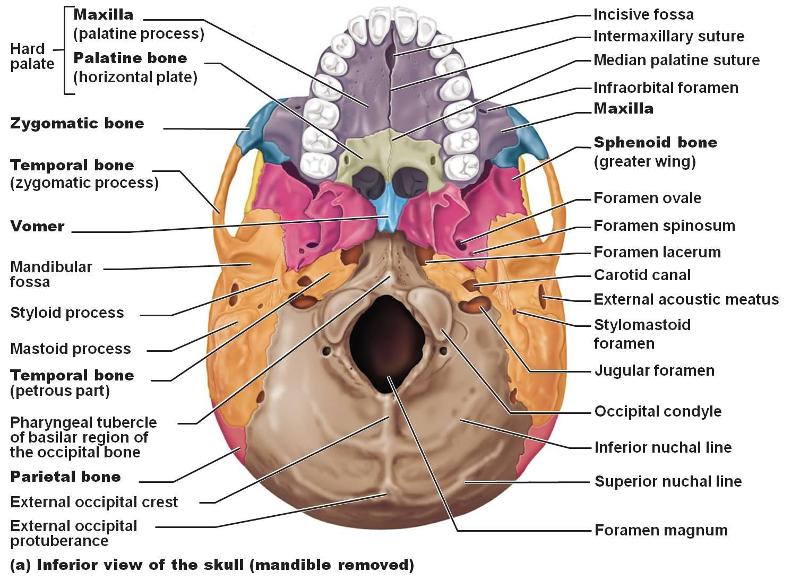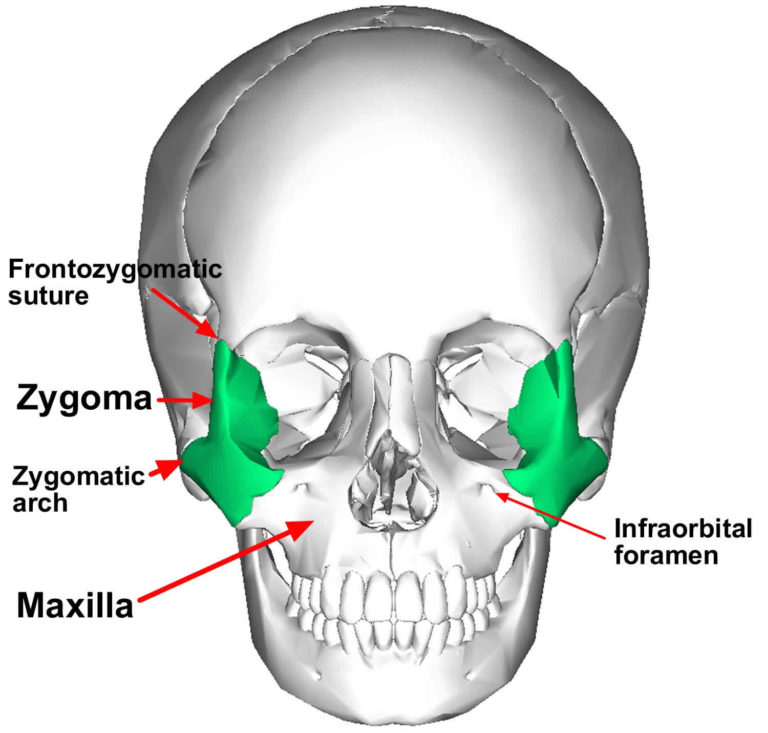

The right coronoid process (two adjacent parallel arrows) has a linear, horizontal lucency suggesting the outline of a fracture. Linear lucency (opposing arrows) seen on a panoramic radiograph and suggestive of fracture of ascending ramus of mandible.įigure 2. Pharyngeal Air Space Versus Suspected Fracture of the Ramus of the Mandibleįigure 1. The aim of this article is to indicate some radiographic anatomy that may simulate the appearance of a fracture in the maxillofacial region. A basic requirement of radiographic interpretation of fractures is the need to have at least two projections taken at 90° to each other. At the same time, it is essential never to attempt to make a diagnosis solely from radiographs. Thus, it is essential that radiographic anatomy be known in detail. There are many anatomic structures that may mimic fractures and may be mistaken for a fracture in those cases where one is already suspected. An increased opacity may be seen when the sides of the fractured bone are superimposed. However, most linear lucent lines, steps, or apparent changes in morphology do not indicate fractures but sutures, margins of overlapping bones, or nutrient canals. They are: (a) a linear lucent line (b) a step in the cortex of the bone (c) a change in morphology and (d) an increase in opacity. Radiographically there are four signs that can help the clinician when examining radiographs of patients suspected of having fractures. When viewing the radiograph, it is important to be able to differentiate the normal radiographic anatomy from a possible fracture. The zygomatic arch is significant in evolutionary biology, as it is part of the structures derived from the ancestral single temporal fenestra of the synapsid ancestor of mammals.When a patient consults a dentist because of some type of trauma to the face with pain in a specific region, making one suspect a fracture of the bone, one of the first procedures carried out is the taking of a radiograph of that area. The zygomatic arch is occasionally referred to as the zygoma, but this term usually refers to the zygomatic bone or occasionally the zygomatic process. The Greek word was already used with this anatomical sense by Galen (2.437, 746) in the 2nd century AD.

The term zygomatic derives from the Greek ζύγωμα zygōma, meaning "bolt, bar", derived from ζυγο-, "yoke, join". High cheekbones, forming a symmetrical face shape, are very common in fashion models and may be considered a beauty trait in both males and females within Eurocentric beauty standards. High cheekbones are pronounced zygomatic arches, causing the upper part of the cheeks to jut out and form a line cut into the sides of the face. The upper border of the arch gives attachment to the temporal fascia the lower border and medial surface give origin to the masseter. a posterior, which runs backward above the external acoustic meatus and is continuous with the supramastoid crest.an anterior, directed inward in front of the mandibular fossa, where it expands to form the articular tubercle.The zygomatic process of the temporal arises by two roots:

The arch is typical of Synapsida ("fused arch"), a clade of amniotes that includes mammals and their extinct relatives, such as Moschops and Dimetrodon. The jugal point is the point at the anterior (towards face) end of the upper border of the zygomatic arch where the masseteric and maxillary edges meet at an angle, and where it meets the process of the zygomatic bone. through the middle of) the arch, to gain insertion into the coronoid process of the mandible (jawbone). In anatomy, the zygomatic arch, or cheek bone, is a part of the skull formed by the zygomatic process of the temporal bone (a bone extending forward from the side of the skull, over the opening of the ear) and the temporal process of the zygomatic bone (the side of the cheekbone), the two being united by an oblique suture (the zygomaticotemporal suture) the tendon of the temporal muscle passes medial to (i.e.


 0 kommentar(er)
0 kommentar(er)
